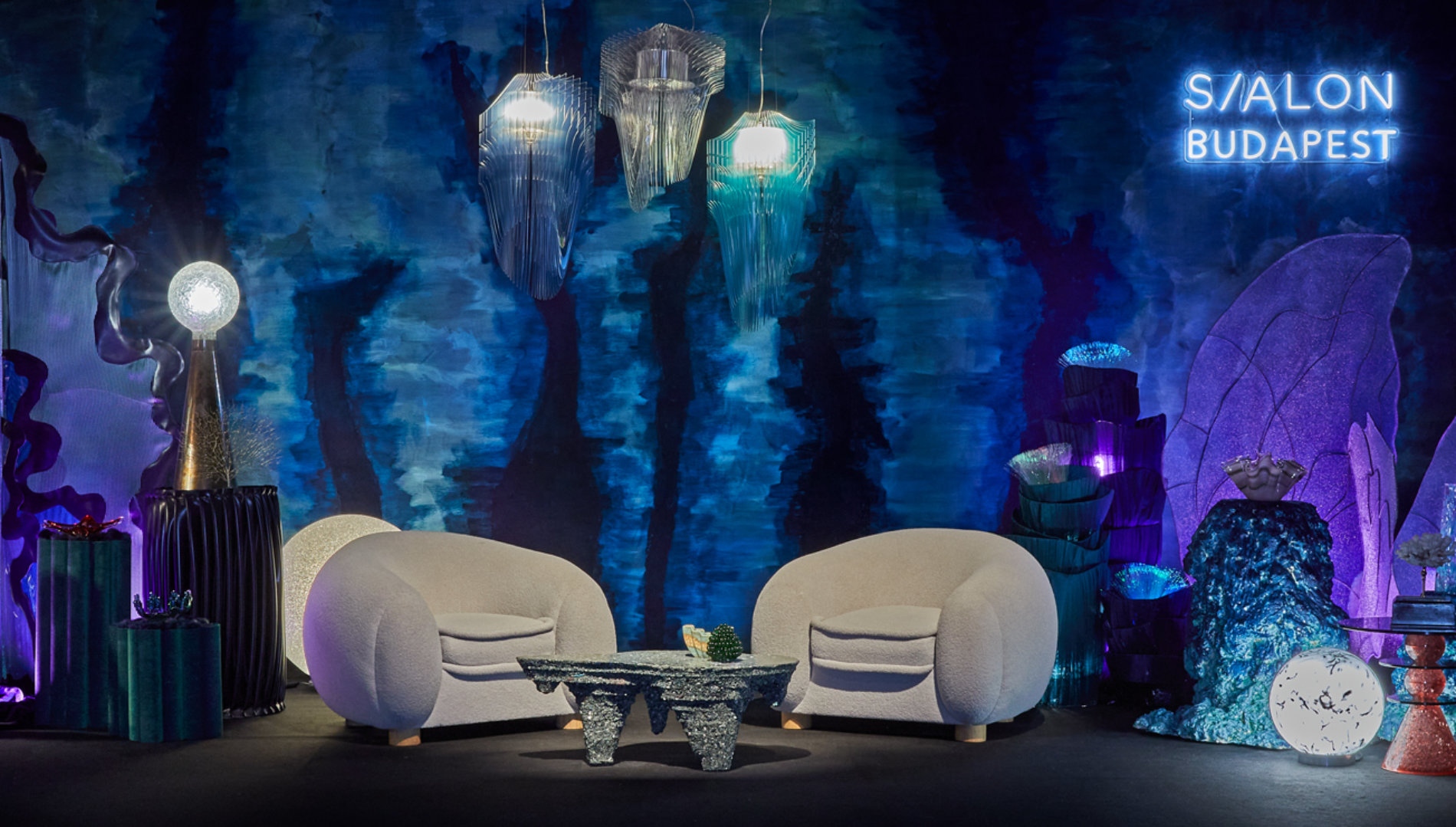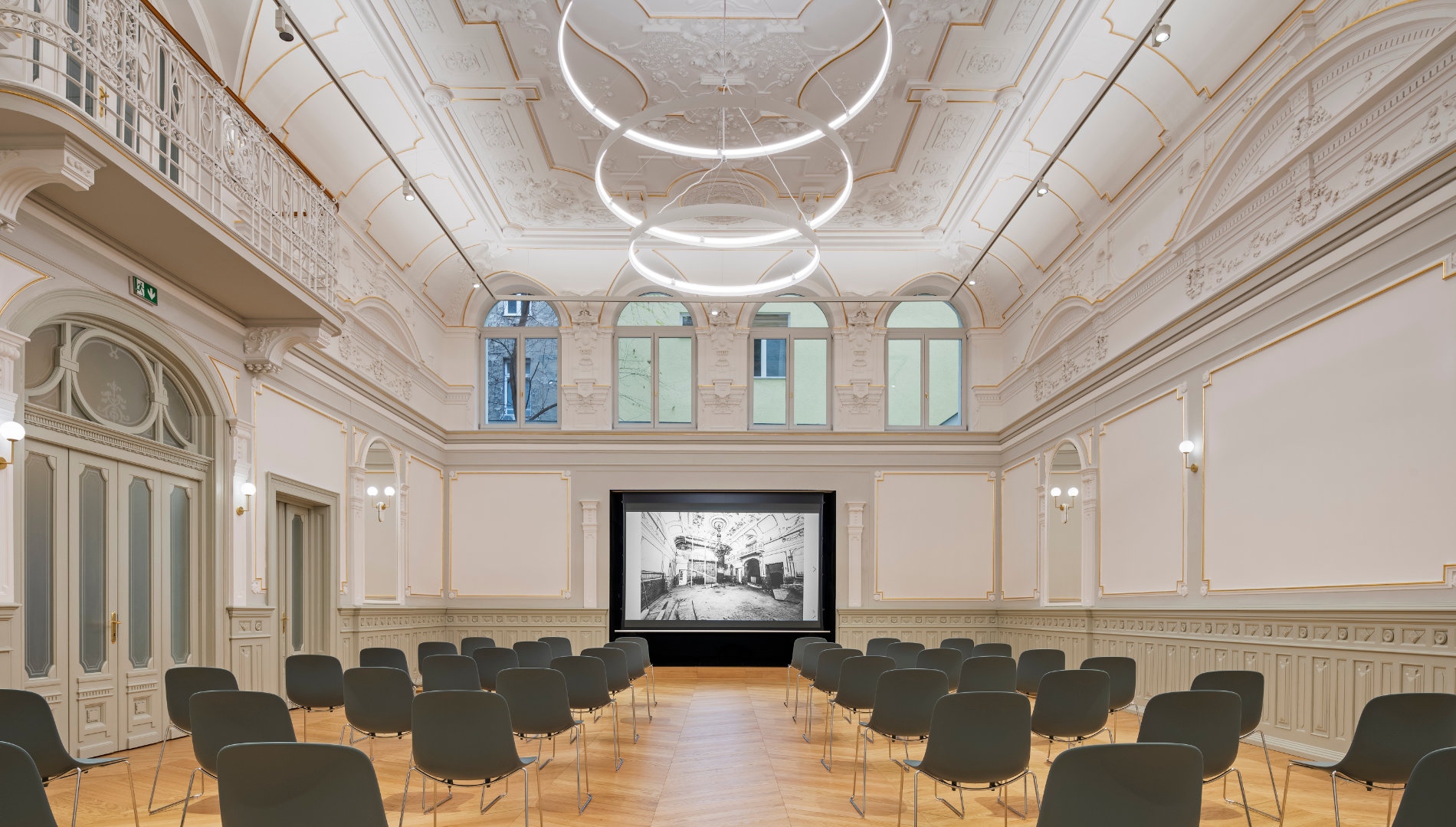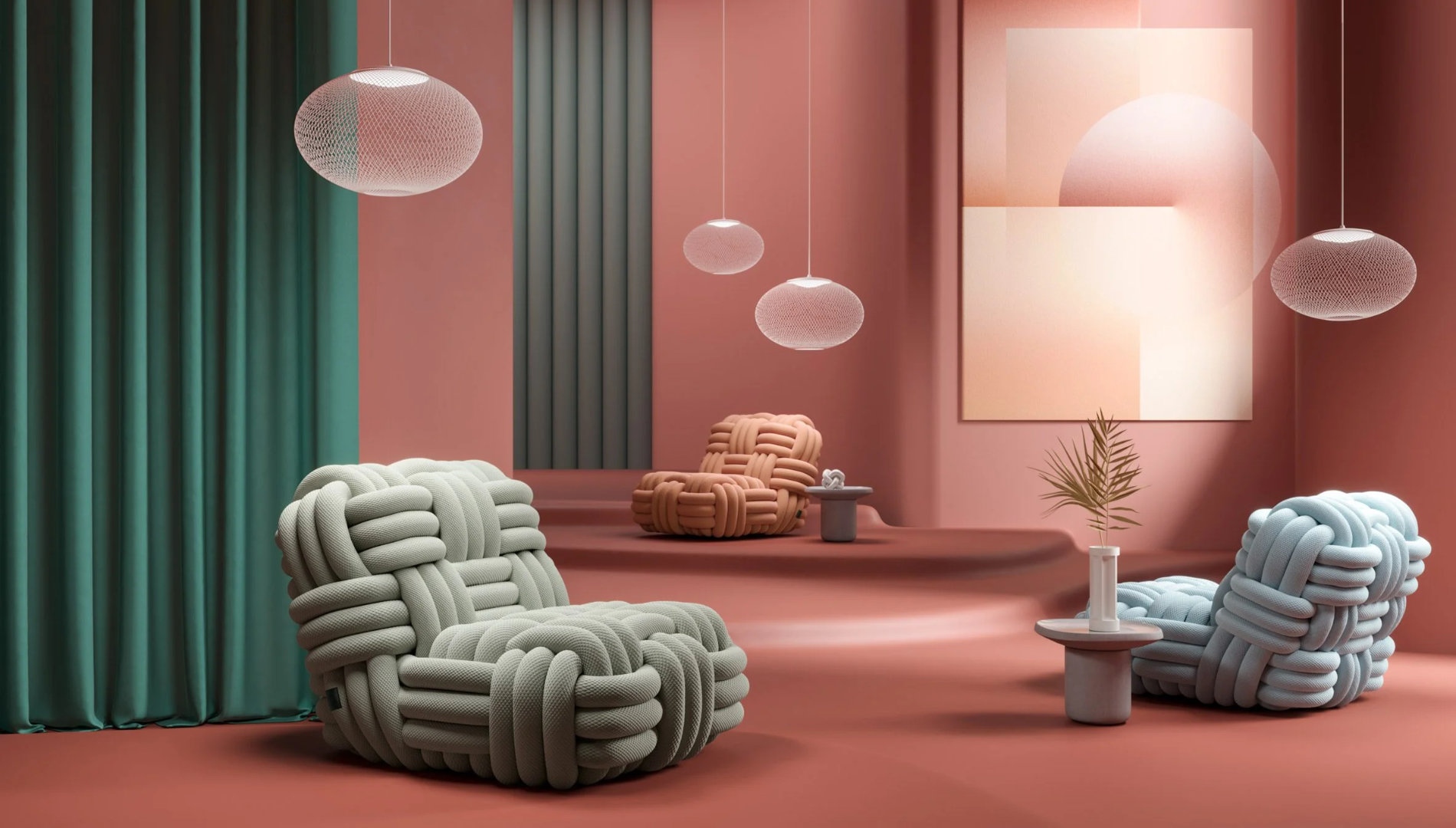
Breaking the rules with Nika Zupanc
Nika Zupanc, the Slovenian designer extraordinaire, is a true luminary in the world of contemporary design.
With her innovative approach and distinct style, she has carved out a unique niche in the design industry that continually captivates and inspires. Nika is renowned for her ability to challenge conventions and break free from the confines of traditional means of expression. Her work defies categorization, often blurring the lines between art and design. This refusal to conform to established norms allows her to create pieces that are not only functional but also laden with emotional and conceptual depth.
She became a globally recognized name with the launch of the Lolita lamp, and most recently, her Knitty Lounge Chair designed for Moooi has been the talk of the design world.
Zupanc works as an independent designer and is constantly involved in fresh projects that grow out of distinctive interpretations of modern culture, contemporary design, and the available technological options. She doesn’t shy away from using delicate, soft, and curvaceous forms in her designs, effectively challenging the predominantly masculine aesthetic that often dominates the design world. Her pieces exude elegance, grace, and a certain whimsy that transcends mere functionality. Read on to find out more about her approach and thoughts on design!
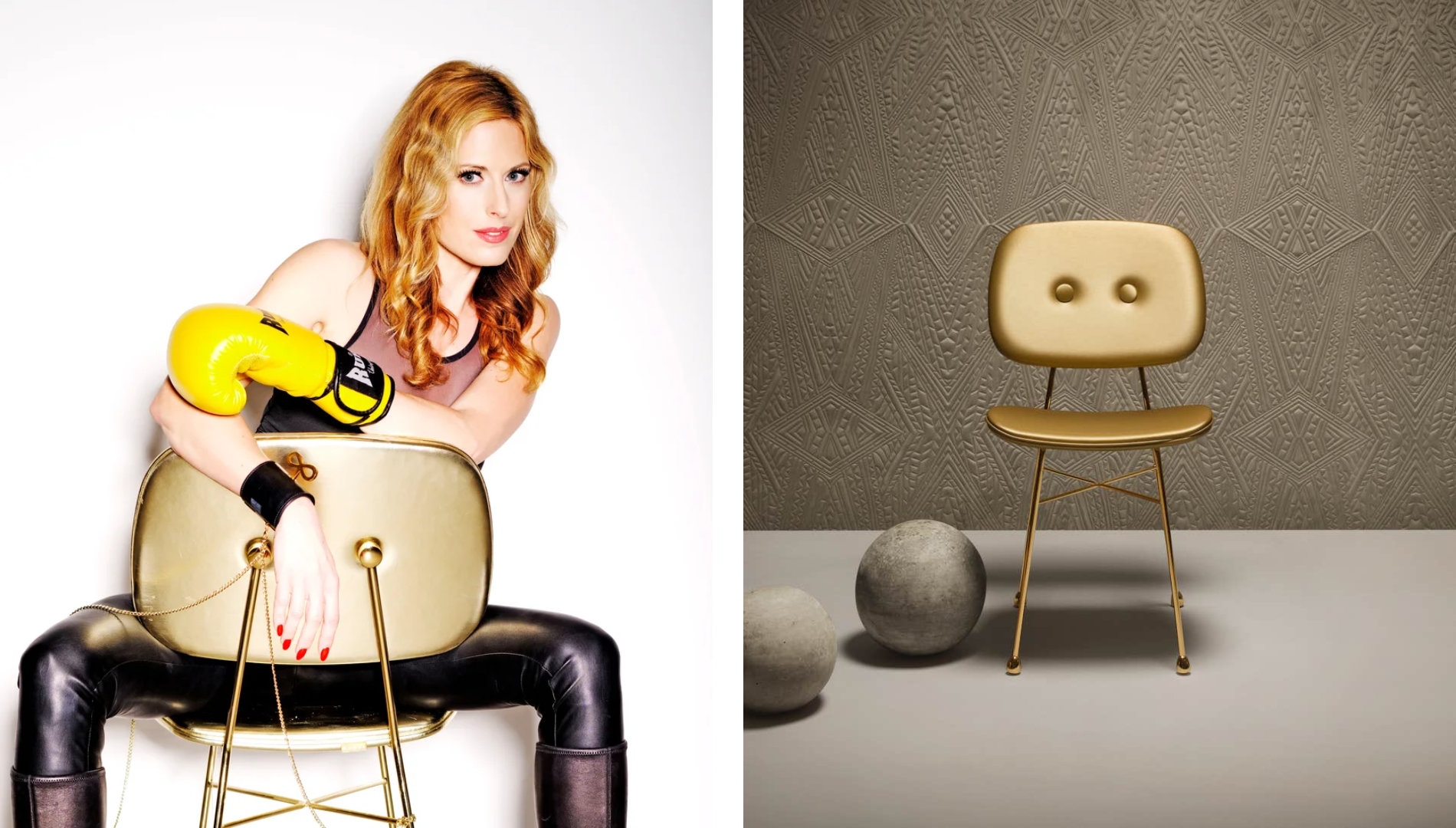
“Punk elegance”, “techno chic” and “larger than life” are three of the most enduring phrases associated with your work. How do you feel about them? Which one is the most accurate in your opinion?
I do not think there is really any formal language on which I rely, I would rather say that I love to work with and elegantly subvert icons of all sorts – whether it is about an iconic form, story, material or function. I train my brain to work like some sort of a visual filter, collecting references from every corner of our culture, reflected through most ordinary, everyday reality.

Precisely measured eclecticism and the intentional search for archetypal visual elements – preferably even those that are considered extremely naive or even frivolous (like in the case of Lolita lamp or Ribbon chair) – are the parameters I like to use in my work, intentionally, although in a notably reserved and occasionally slightly painful manner. With these intentional interventions in my actually very minimal and functional designs, I am trying to articulate the themes which haven’t been articulated in the design profession yet.
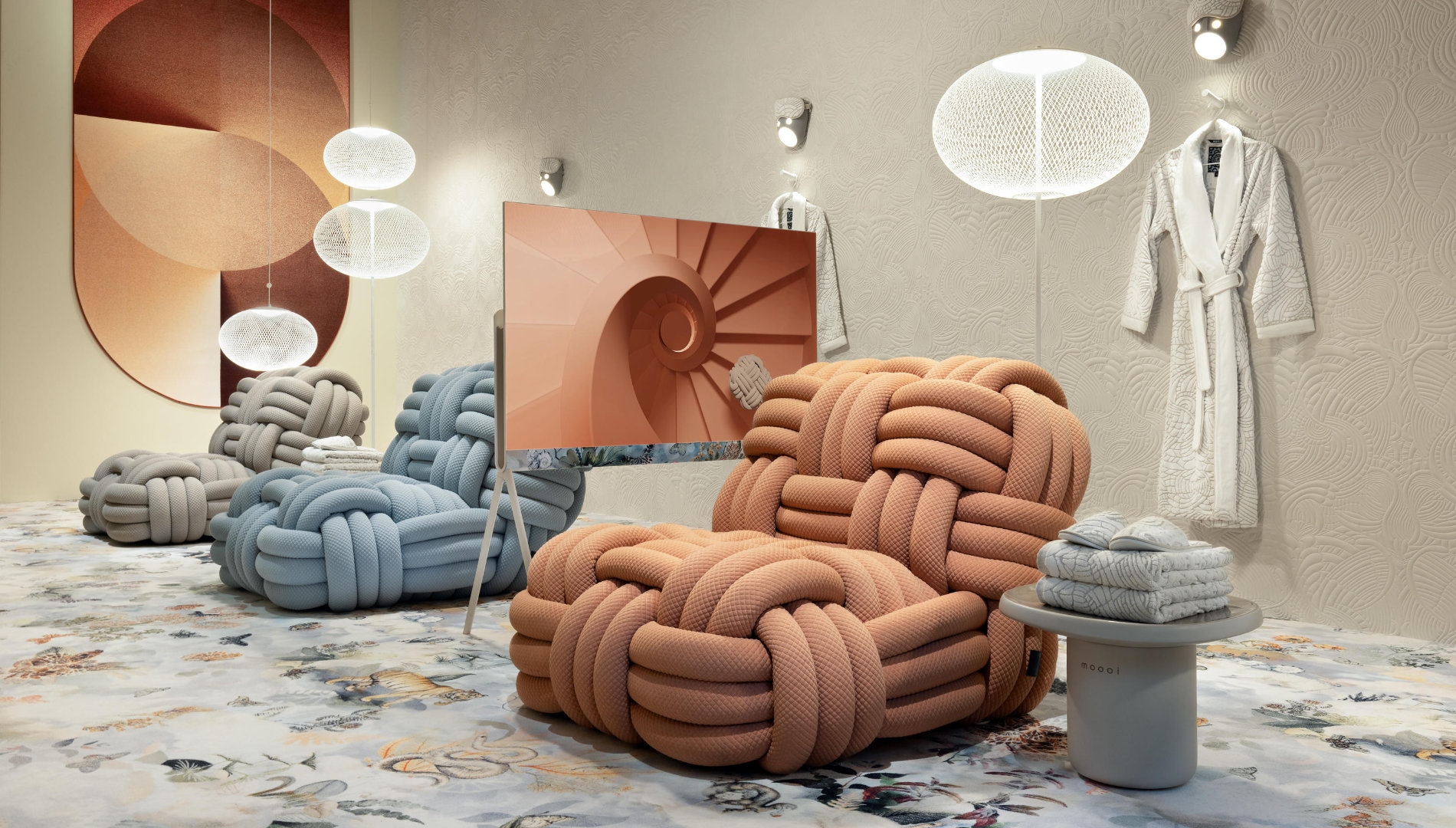
You became a globally recognised name with the launch of the Lolita lamp, your first object to be produced by Moooi. How would you define your relationship with Moooi?
Our cooperation started in 2008, with the Lolita lamp. Among many other things, with the Lolita we also tried to subvert the meaning of the color pink – which was somehow a daring gesture in 2008. Lolita was envisioned to break up everyday routines and play with the users’ emotions. It was also breaking taboos by taking pink out of its typical context.
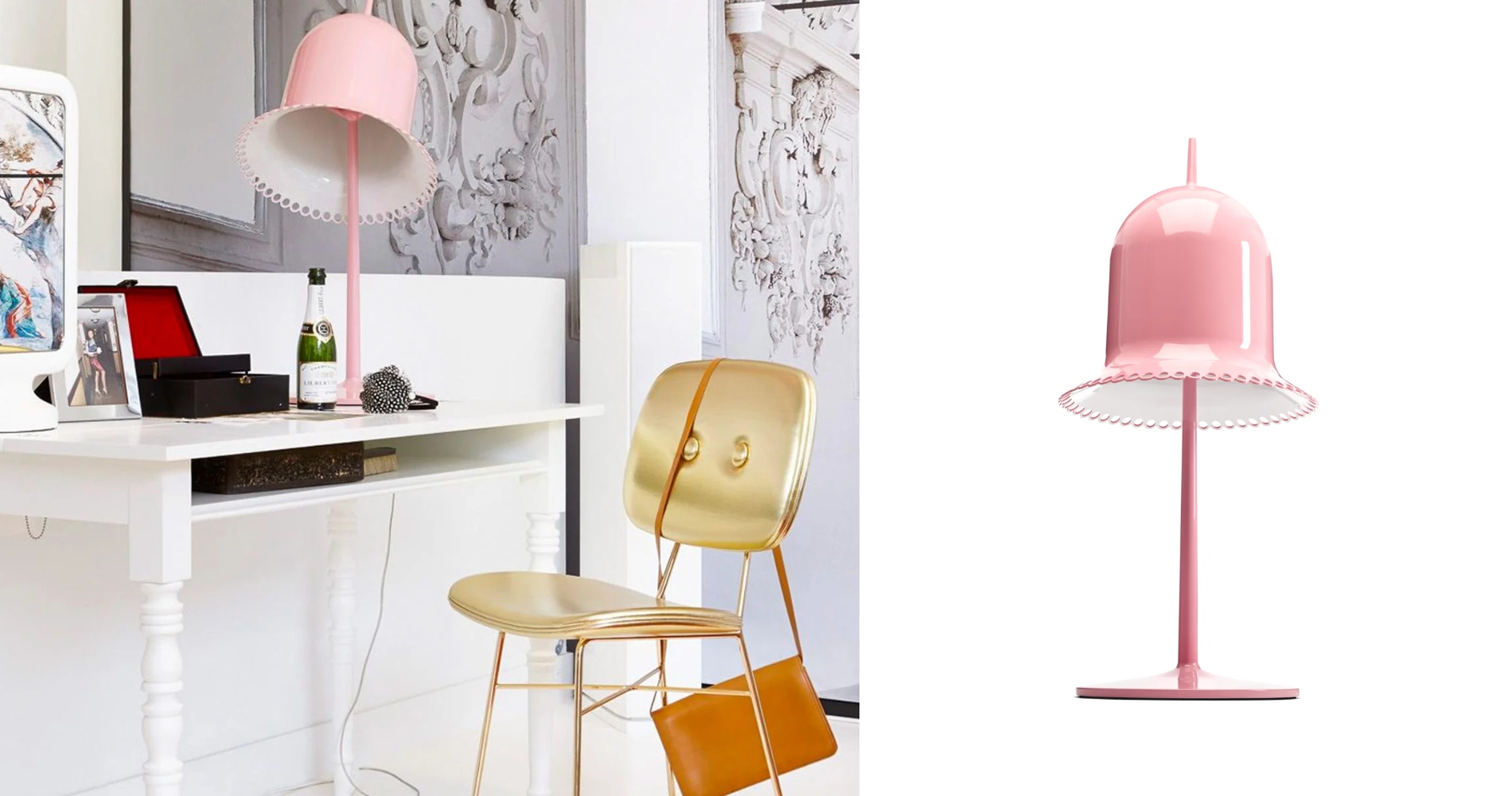
The color, traditionally associated with love or more generally triviality, and reserved for girls, received new value and changed meaning, becoming gender-neutral across various branches of the discipline. Today, when I see that pink is somewhat liberated, it’s not connected with a certain meaning anymore, and it’s genderless, I am happy, because I feel that I have contributed to this movement, together with Moooi, a perfect company for daring gestures like this. This was the path that we always followed when working together:
Searching for products that can contribute to the evolution of design thinking and solution.
As per your official biography, your visual language comes from deep within and is about communicating the things that cannot be told. Is design a means of expression or a tool to tackle questions that haven’t been answered before?
When trying to subvert or change iconic meanings, the figurative and narrative components of all sorts are at the core of my creative work. It is this perfect merge and harmony of functionality, technological innovation, ergonomy and a figurative component, that – when mixed in an unexpected and original order and dosage – bring out the essence for a new, striking object of design, that is able to speak very loud and that has the power to address a certain theme simply with its appearance.
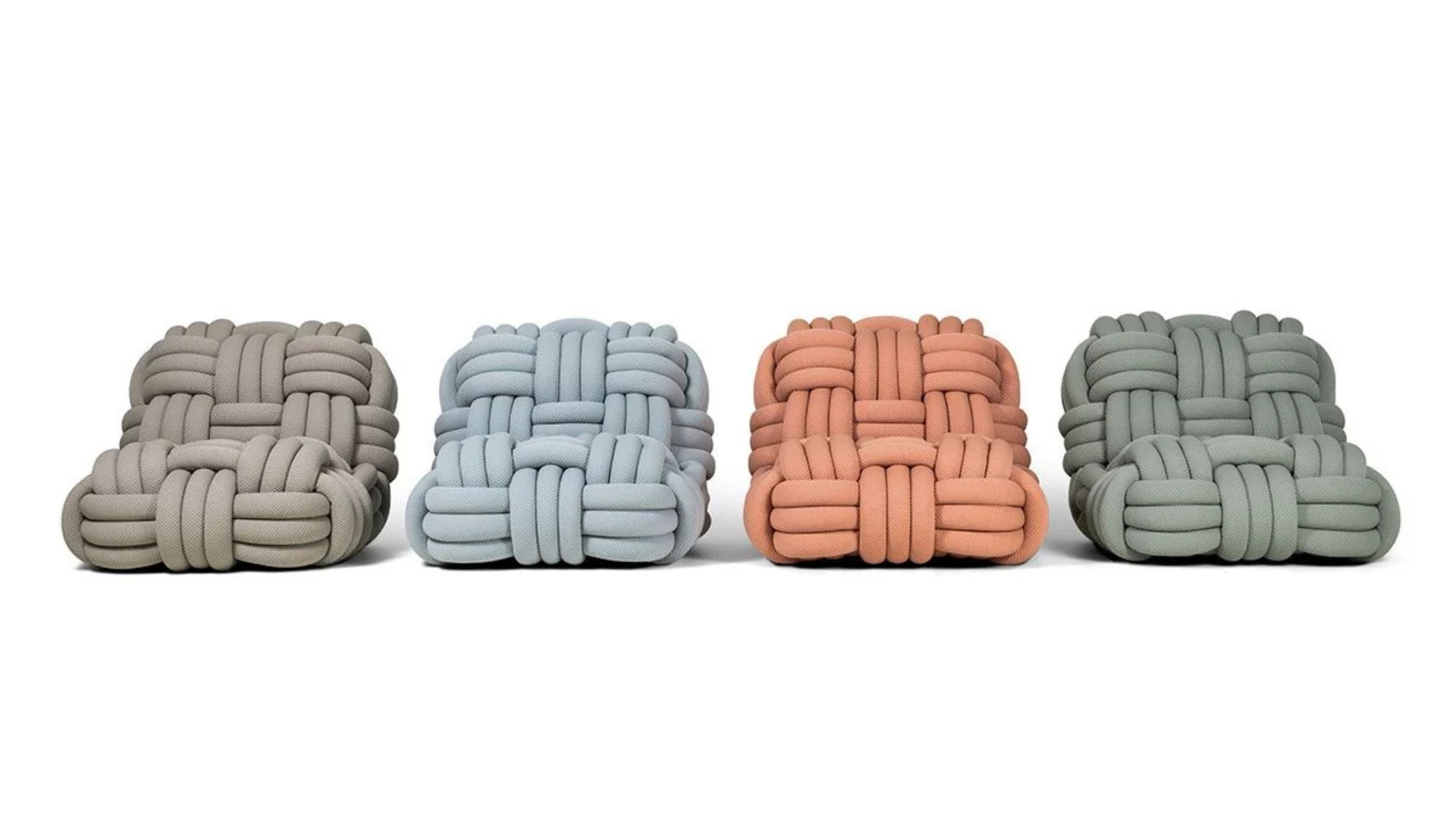
The Knitty Lounge Chair was inspired by knitting and ropes, uniting small and large scales in one object. Could you tell us more about the concept and the idea behind it?
The inspiration behind the Knitty Lounge Chair was twofold.
Firstly, I was inspired by a small knitting pattern that caught my eye. Secondly, I was inspired by the large ropes used to tie massive ships to ports. These two seemingly unrelated things merged in my mind, and the Knitty Lounge Chair was born. The chair is not just a functional piece of furniture; it’s also an object that challenges our perception of scale. However, it is also really comfy, generous, and of course, hopefully also very iconic.
Where do you draw inspiration from?
From everywhere actually. Everyday life is always my greatest inspiration.
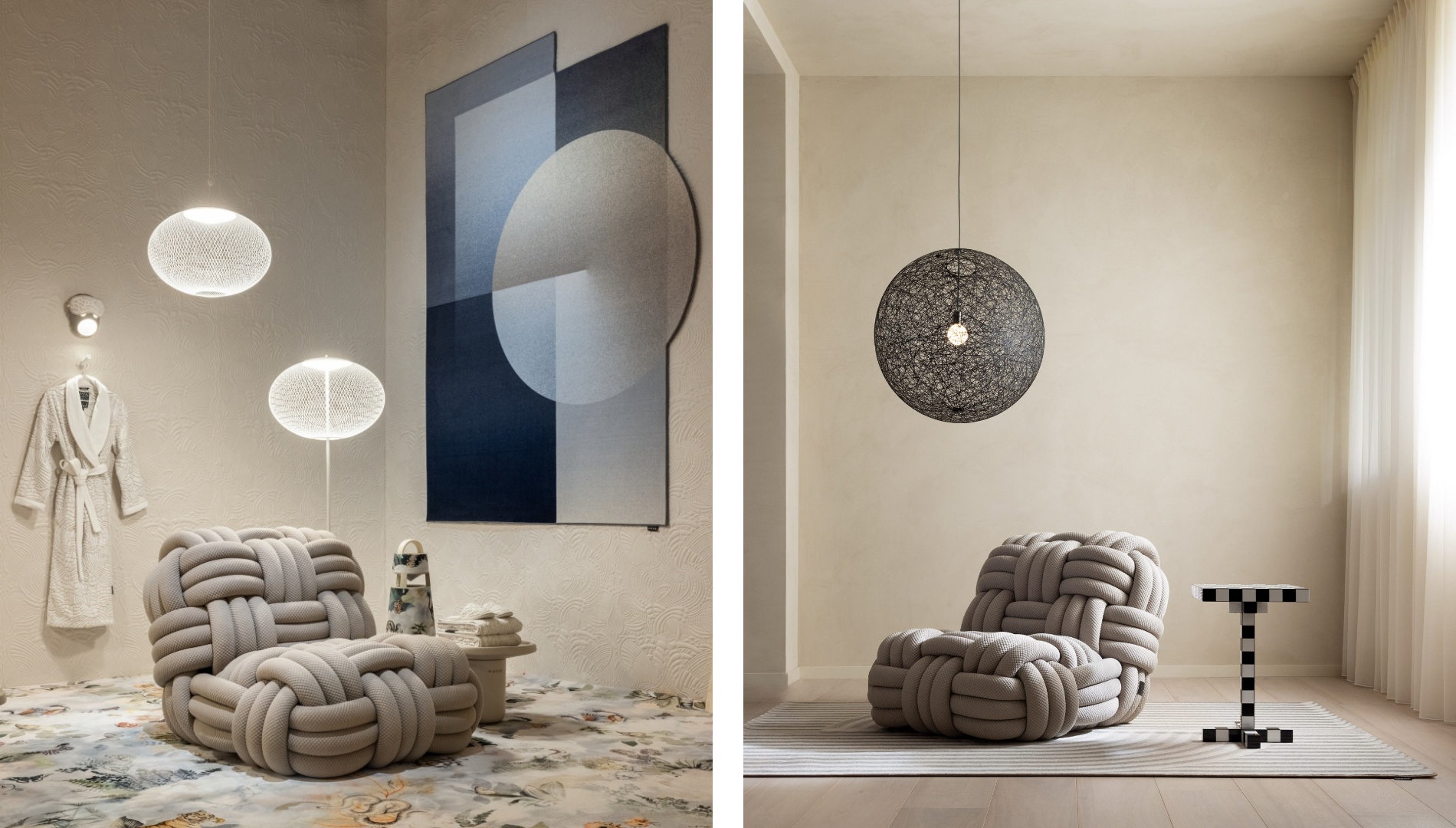
What is your personal favorite design or project from the past few years?
No way one could really choose just one, I love all of them.
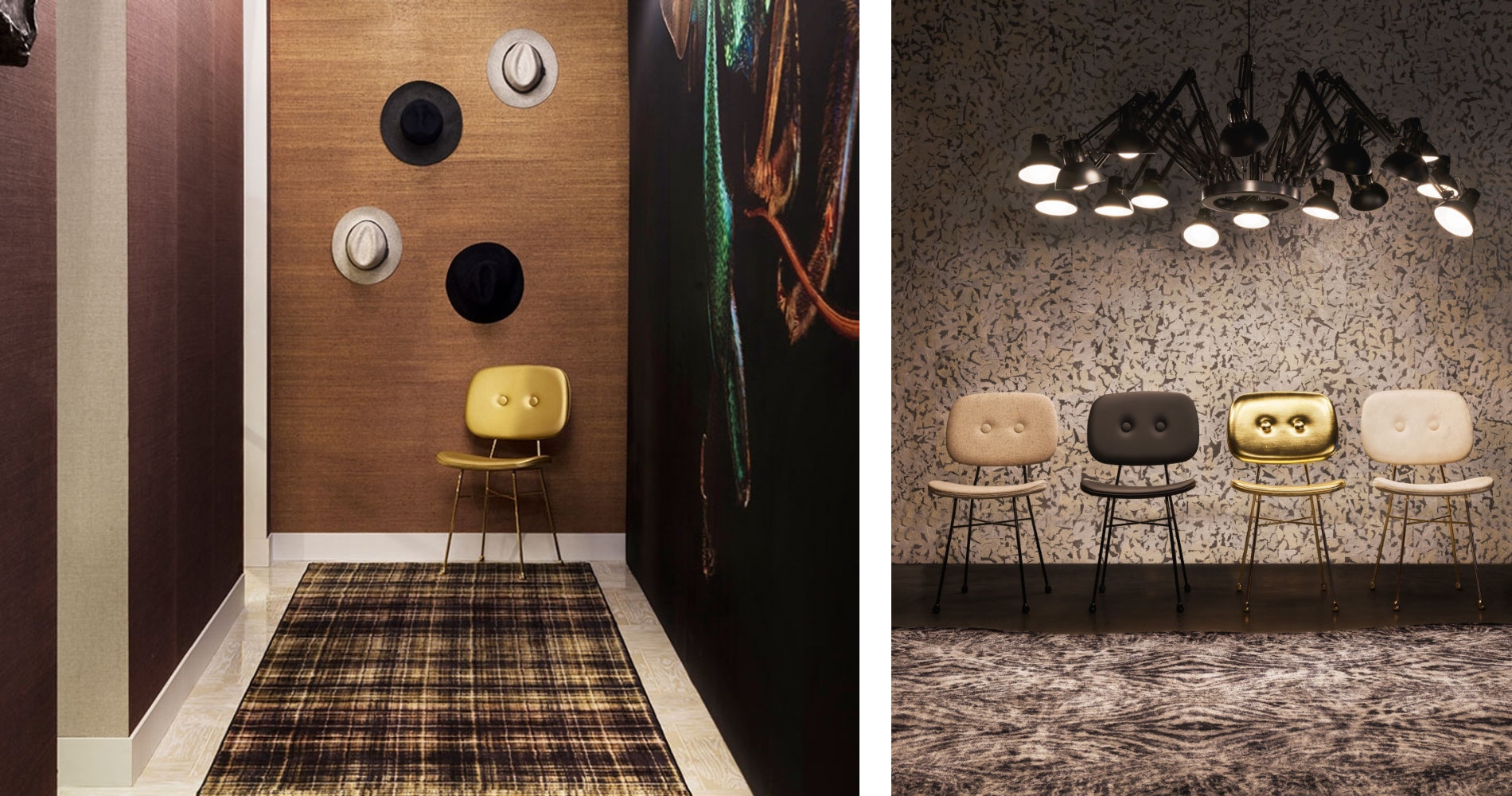
What are the key directions you are expected to take in 2023 and 2024 in regards to product releases, collaborations or exhibitions?
We are working on some very exciting new products and collections, alongside some residential and public interiors.
Nika Zupanc’s work is not confined to a specific era or trend; instead, it transcends time and remains timeless. She challenges the boundaries of design, inviting us to imagine a future where creativity knows no limits. In conclusion, Nika Zupanc is a true design visionary whose work continues to inspire and provoke thought. Her ability to blend the playful with the profound, the delicate with the powerful, is nothing short of remarkable. As we look to the future of design, Nika Zupanc reminds us that the most meaningful and insightful creations are often those that defy convention and spark conversation. She is, without a doubt, a force to be reckoned with in the world of design, and her work will continue to leave a lasting imprint on the industry for years to come.
Be a part of design history: join us at S/ALON BUDAPEST interior design fair between 22-24, September at the Budapest Arena! You will also find Moooi at the event, courtesy of the Basic Collection. Get your tickets here, and follow us on Facebook and Instagram for exclusive stories and inspiration!

